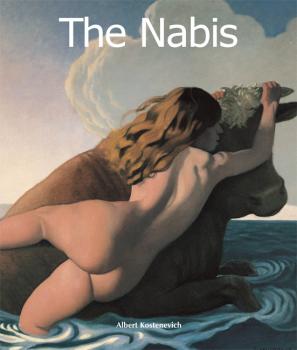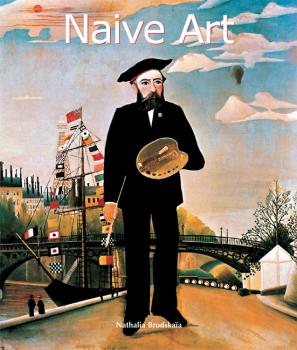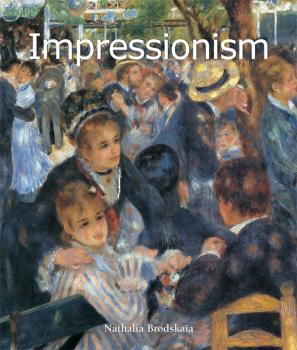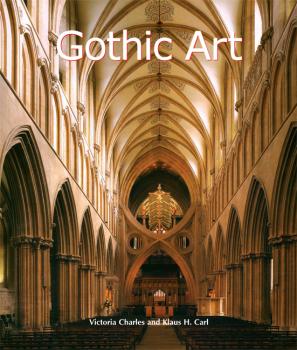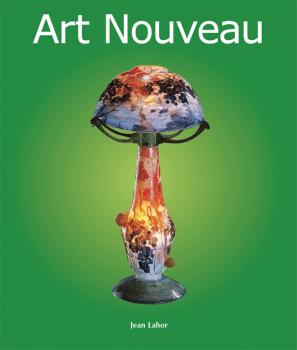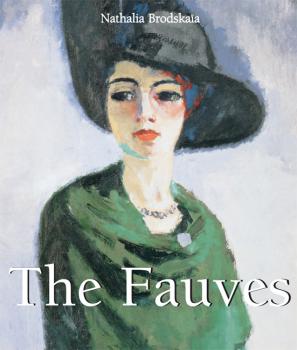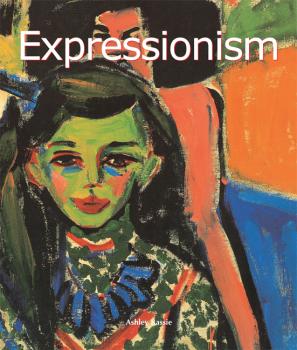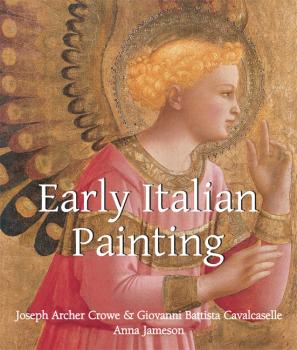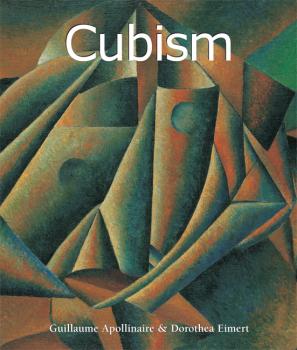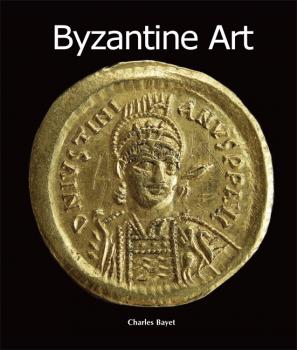Изобразительное искусство, фотография
Различные книги в жанре Изобразительное искусство, фотографияThe Nabis
Pierre Bonnard was the leader of the group of post-impressionist painters who called themselves “the Nabis”, from the Hebrew word for “prophet”. Influenced by Odilon Redon, Puvis de Chavannes, popular imagery, and Japanese woodblock printing, Bonnard, Vuillard, Vallotton and Denis (to name the most prominent members) revolutionised the spirit of decorative technique during one of the richest periods in French painting. Although the increasing individualism of their works often threatened to weaken their unity, the Nabis were above all a group of close friends. The artwork presented in this book − varying between Bonnard’s guilelessness, Vuillard’s ornamental and mysterious works, Denis’s soft languor and Vallotton’s almost bitter roughness − plunges us into the deep source of their creative talents.
Naive Art
Naive art first became popular at the end of the 19th century. Until that time, this form of expression, created by untrained artists and characterised by spontaneity and simplicity, enjoyed little recognition from professional artists and art critics. Influenced by primitive arts, naive painting is distinguished by the fluidity of its lines, vivacity, and joyful colours, as well as by its rather clean-cut, simple shapes. Naive art counts among it artists: Henri Rousseau, Séraphine de Senlis, André Bauchant, and Camille Bombois. This movement has also found adherents abroad, including such prominent artists as Joan Miró, Guido Vedovato, Niko Pirosmani, and Ivan Generalic.
Impressionism
“I paint what I see and not what it pleases others to see.” What other words than these of Édouard Manet, seemingly so different from the sentiments of Monet or Renoir, could best define the Impressionist movement? Without a doubt, this singularity was explained when, shortly before his death, Claude Monet wrote: “I remain sorry to have been the cause of the name given to a group the majority of which did not have anything Impressionist.” In this work, Nathalia Brodskaïa examines the contradictions of this late 19th-century movement through the paradox of a group who, while forming a coherent ensemble, favoured the affirmation of artistic individuals. Between academic art and the birth of modern, non-figurative painting, the road to recognition was long. Analysing the founding elements of the movement, the author follows, through the works of each of the artists, how the demand for individuality gave rise to modern painting.
Gothic Art
Gothic art finds its roots in the powerful architecture of the cathedrals of northern France. It is a medieval art movement that evolved throughout Europe over more than 200 years. Leaving curved Roman forms behind, the architects started using flying buttresses and pointed arches to open up cathedrals to daylight. A period of great economic and social change, the Gothic era also saw the development of a new iconography celebrating the Holy Mary – in drastic contrast to the fearful themes of dark Roman times. Full of rich changes in all of the various art forms (architecture, sculpture, painting, etc.), Gothic art paved the way for the Italian Renaissance and International Gothic movement.
Art Nouveau
Art Nouveau gives a name to the decorative and architectural style developed in the 1880s and 1890s in the West. Born in reaction to the Industrial Revolution and to the creative vacuum it left behind, Art Nouveau was at the heart of a “renaissance” in the decorative arts. The primary objective of the movement was the creation of a new aesthetic of nature through a return to the study of natural subjects. In order to achieve this, artists such as Gustav Klimt, Koloman Moser, Antoni Gaudí, Jan Toorop, and William Morris favoured innovation in technique and novelty of forms. After its triumph at the Paris Universal Exposition in 1900, the trend continued and has inspired many artists ever since. Art Deco, the successor of Art Nouveau, appeared after World War II.
The Fauves
Born at the dawn of the 20th century, Fauvism burst onto the artistic scene at the 1905 Salon d'Automne with great controversy by throwing bright, vibrant colours in the face of artistic convention. Fuelled by change, artists like Matisse, Derain, and Vlaminck searched for a new chromatic language by using colour out of its habitual context. Freed from the strict technique advocated by the École des Beaux-Arts, they used blocky colours as their main resource, saturating their stunning paintings. The author invites us to experience this vivid artistic evolution that, although encompassing a short amount of time, left its mark on the path to modernity.
Expressionism
Max Beckmann, Otto Dix, George Grosz, Emil Nolde, E.L. Kirchner, Paul Klee, Franz Marc as well as the Austrians Oskar Kokoschka and Egon Schiele were among the generation of highly individual artists who contributed to the vivid and often controversial new movement in early twentieth-century Germany and Austria: Expressionism. This publication introduces these artists and their work. The author, art historian Ashley Bassie, explains how Expressionist art led the way to a new, intense, evocative treatment of psychological, emotional and social themes in the early twentieth century. The book examines the developments of Expressionism and its key works, highlighting the often intensely subjective imagery and the aspirations and conflicts from which it emerged while focusing precisely on the artists of the movement.
Early Italian Painting
Oscillating between the majesty of the Greco-Byzantine tradition and the modernity predicted by Giotto, Early Italian Painting addresses the first important aesthetic movement that would lead to the Renaissance, the Italian Primitives. Trying new mediums and techniques, these revolutionary artists no longer painted frescos on walls, but created the first mobile paintings on wooden panels. The faces of the figures were painted to shock the spectator in order to emphasise the divinity of the character being represented. The bright gold leafed backgrounds were used to highlight the godliness of the subject. The elegance of both line and colour were combined to reinforce specific symbolic choices. Ultimately the Early Italian artists wished to make the invisible visible. In this magnificent book, the authors emphasise the importance that the rivalry between the Sienese and Florentine schools played in the evolution of art history. The reader will discover how the sacred began to take a more human form through these forgotten masterworks, opening a discrete but definitive door through the use of anthropomorphism, a technique that would be cherished by the Renaissance.
Byzantine Art
For more than a millennium, from its creation in 330 CE until its fall in 1453, the Byzantine Empire was a cradle of artistic effervescence that is only beginning to be rediscovered. Endowed with the rich heritage of Roman, Eastern, and Christian cultures, Byzantine artists developed an architectural and pictorial tradition, marked by symbolism, whose influence extended far beyond the borders of the Empire. Today, Italy, North Africa, and the Near East preserve the vestiges of this sophisticated artistic tradition, with all of its mystical and luminous beauty. The magnificence of the palaces, churches, paintings, enamels, ceramics, and mosaics from this civilisation guarantees Byzantine art's powerful influence and timelessness.
